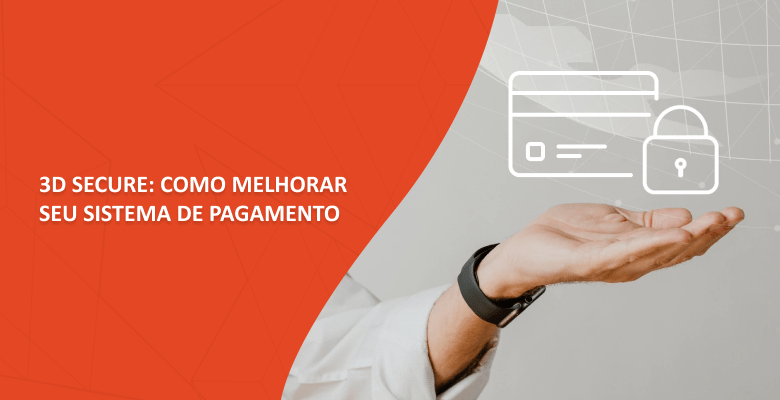Mastercard was launched in 1966 when the Interbank Card Association was formed. The company was renamed Master Charge in 1969, but 10 years later it rebranded as Mastercard. The company came to the market of Europe in 1968 when its global expansion began.
In 2013, Mastercard, along with other huge credit card networks offered a new EMS standard for digital payments. EMV specifications were introduced to improve the acceptance and interoperability of payments infrastructure globally. As of 2018, the company processed over 73 billion transactions. Mastercard alleviates transactions in 150+ currencies across 210+ countries.
Benefits of using Mastercard
Safety is one of the priorities of the payment processing company. It employs advanced fraud prevention solutions such as EVM 3-D Secure chip technology. This is an advanced authentication method that enables users to complete more transactions. It is also worth mentioning such technologies as Mastercard Identity Check, GateKeeper 2.0 solution that helps to prevent fraud. The company resorts to a multi-layered approach to detect fraud with ease. It also contributes to growth as the volume of sales increases.
The platform supports recurring payments for companies that sell subscriptions, digital wallets, and tokenization. With an optimized digital payment experience, transactions are completed easier. The optimization was attained due to the introduction of innovative solutions such as biometrics, AI, and behavioral analytics.
Much attention is paid to the improvement of customer experience but all expenditures spent on it return with time. In addition to loyal users, new people keep on coming, strengthening the brand.
The company is committed to paying attention to SMEs (small and medium-sized enterprises) as this support is very important in their opinion under the current circumstances.
The company developed a tool that helps to build connections with customers. Small businesses have to pay 9.99 USD monthly to use the tool and strengthen customer relationships.
Mastercard also followed the BNPL trend or «Buy Now Pay Later» service. It also increases sales. According to predictions, this method of payment will account for 4.2% of global transactions by 2024. Compare this figure with 2.1% of BNPL transactions made in 2020 to see the growth, which will continue. Mastercard allows startups and banks to create their own BNPL offers thus increasing the competitive edge of the payment network. Mastercard doesn’t lend money but allows fintech and banking services to connect to the network and work directly with borrowers. So, Mastercard functions as a middleman in this case. Marketing experts assure of a 45% rise in sales on average when BNPL lending is used. It also partially saves the problems merchants face, which is “cart abandonment”. This figure decreases by 35% when this service is available.
The company doesn’t extend credit. Besides, it doesn’t issue cards on its own, only via some co-branded relationship. Mastercard offers the assistance of its financial consultants so that merchants could develop their own project with a co-branded card business plan. It means that credit cards contain the name of the merchant’s brand. The businesses willing to participate in the program should meet certain criteria. There are specific program parameters for applicants. Execution of a co-branding program with Mastercard can take months though much depends on details such as schedule, the complexity of the program, etc.
The fees for processing vary and are not that high. On average, 1.5% is charged for using Mastercard.








